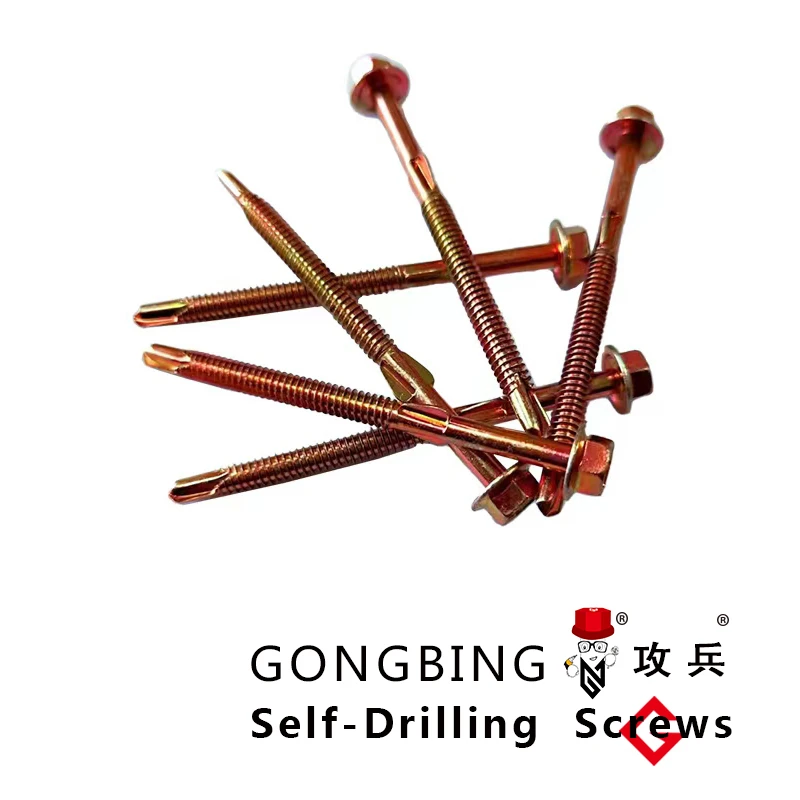foundation bolts
The Importance of Foundation Bolts in Structural Integrity
Foundation bolts play a crucial role in the construction and stability of structures. These essential components are designed to anchor a building or structure to its foundation, ensuring that it remains secure against various forces such as wind, seismic activity, and general loads. In this article, we will explore the functions, types, installation procedures, and the significance of foundation bolts in ensuring the structural integrity of buildings.
Functions of Foundation Bolts
Foundation bolts serve several key purposes in construction. First and foremost, they provide a reliable connection between the structure and its foundation. This connection is vital for transferring loads from the building to the ground, ensuring that the entire framework remains stable. Additionally, foundation bolts help resist lateral forces, such as those generated by high winds or earthquakes, which can cause a structure to shift or even collapse.
Moreover, these bolts can also accommodate thermal expansions and contractions that might occur within the materials of the building. As temperatures fluctuate, the materials used in construction can expand or contract, potentially leading to structural damage. Foundation bolts allow for slight movements while maintaining the essential connections, thus enhancing the longevity and safety of the structure.
Types of Foundation Bolts
There are various types of foundation bolts, each designed for specific applications and types of structures. The most common types include
1. Expansion Bolts These bolts are designed to expand when installed, gripping the surrounding material tightly. They are often used in concrete foundations, providing a strong hold.
2. Straight Shaft Bolts These bolts are typically used in standard applications where a simple connection is necessary. They are straightforward to install and can be used with various types of materials.
3. L-Bolts Featuring a 90-degree bend at one end, L-bolts are used to anchor structures that require a more secure fit. The bent end provides added stability, making them ideal for supporting heavy loads.
4. J-Bolts Similar to L-bolts but with a hook-like shape, J-bolts are often used to anchor frameworks to concrete foundations in situations where horizontal pull is expected.
5. Headed Bolts These bolts have a large head at one end, making them easy to install and remove. They are generally used in heavy-load applications.
foundation bolts

Installation Procedures
The installation of foundation bolts is a critical step in the construction process that requires careful planning and execution. Here are the general steps involved
1. Site Preparation Before installation, the site must be properly prepared. This involves excavation, leveling, and ensuring that the area is free from any debris or obstructions.
2. Reinforcement Placement For concrete applications, reinforcement bars are often placed in the foundation to enhance the bolt's capacity.
3. Bolt Positioning The bolts must be positioned accurately according to the structural design specifications. Various templates or tools can be used to ensure precise placement.
4. Concrete Pouring Once the bolts are in position, concrete is poured around them, encapsulating the bolts and securing their anchor points.
5. Curing Allowing the concrete to cure properly is essential to ensure that the foundation sets and adheres to the bolts correctly.
6. Final Adjustments After the concrete has cured, final adjustments can be made to ensure that the bolts are at the correct tension and alignment.
Significance in Structural Integrity
The role of foundation bolts in structural integrity cannot be overstated. They provide the necessary stability to withstand various external forces, ensuring that the building remains safe over time. In seismic-prone areas, for instance, well-installed foundation bolts can be the difference between a building that withstands an earthquake and one that suffers catastrophic failure.
Moreover, foundation bolts contribute to the overall safety of the occupants within a building. When buildings are designed and constructed with adequate anchoring systems, the risks associated with structural failure are significantly minimized.
In conclusion, foundation bolts are a fundamental component of modern construction. Their ability to anchor structures securely to their foundations directly impacts the performance and safety of buildings. As construction methodologies advance and evolve, the importance of understanding and implementing effective foundation bolt systems will continue to grow, ensuring that structures remain safe and resilient for years to come.
-
Wedge Anchor Bolts: Secure Fastening SolutionsZprávyAug.05,2025
-
Insulation Fixings: Secure and Durable SolutionsZprávyAug.05,2025
-
Full Threaded Studs: Versatile Fastening SolutionsZprávyAug.05,2025
-
Expanding Fasteners: Secure and Reliable SolutionsZprávyAug.05,2025
-
Butterfly Toggle Anchors: Secure and Easy to UseZprávyAug.05,2025
-
Bracing Solutions for Steel StructuresZprávyAug.05,2025
